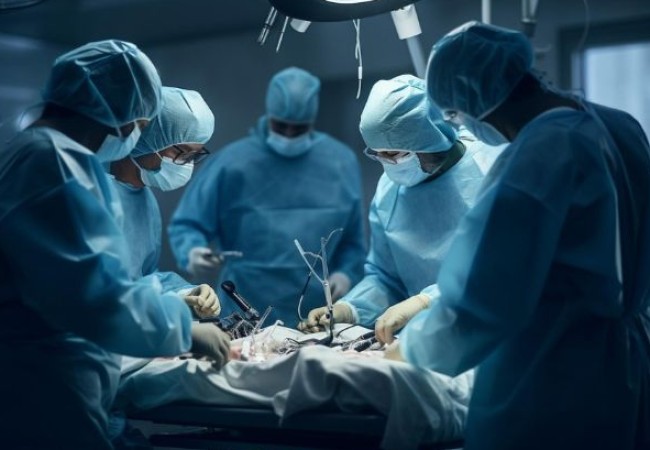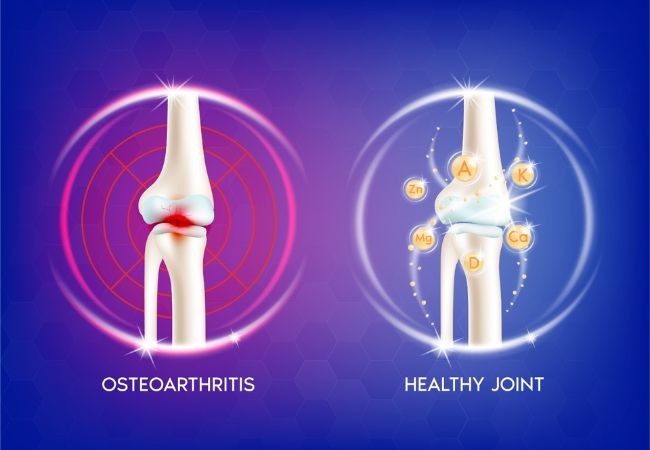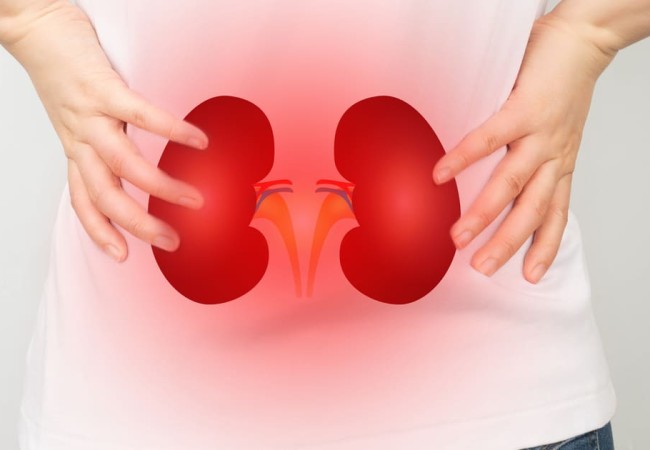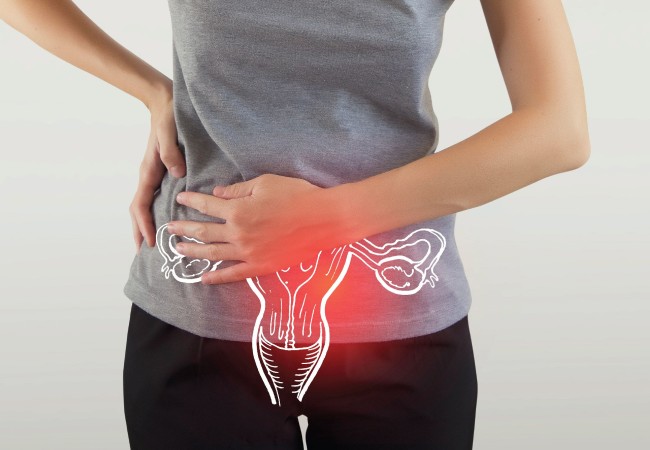In the world of prolonged surgical procedures, full anaesthetic process, deep incisions and stitches and chaos of post-operative complications, laparoscopic surgery is a sigh of relief and respite.
Medically termed keyhole surgery, this is primarily used by healthcare professionals for diagnosis and treating various health conditions. This is a minimally invasive procedure, mainly to see the pelvis and stomach area.
The word laparoscopy is derived from the term “laparoscope” which refers to the slender tool where a tiny camera and light are fitted at the end. The surgeon uses this tool and camera to insert through a small cut and look for internal conditions, remove infectious parts or other surgical procedures.
The domain of medical science endorses laparoscopic surgery for a spectrum of medical conditions. Lesser bleeding, lesser scars and lesser pain are the main advantages that make the procedure so popular. Here is the array of advantages that make laparoscopy the better choice.
Laparoscopic surgery results in less body pain and trauma. As it is done by a slender tool and through a very small incision, it results in less physical injury, blood loss and cell and tissue damage. Moreover, the effective recovery time is also less than the traditional surgeries.
This is a quick process and, thus requires less time than conventional surgeries. Both hospital stay and recovery time are less and the patient goes back to his usual regime in less time.
Due to short incisions, post-operative complications are also less and negligible. Being less or minimally invasive, it has reduced the risk of bleeding, wound infection, haemorrhage and hernia.
In the realm of medical science, quite a few surgical procedures are done through laparoscopy. Initially, healthcare professionals started using the process for gallbladder and gynaecological operations. Later, the spectrum of applications widened and currently, it is used for a wide range of diagnosis and treatments. From removal of the small tumour and PCOD cyst removal, biopsies, ectopic pregnancy removal, endometriosis, sterilization, and total laparoscopic hysterectomy, to hernia repair, fibroid, recanalization of tube, appendectomy, cystocele and rectocele repair; everything is done through laparoscopy.
Any laparoscopy process has a preparatory stage before the actual process begins. Take a look to learn about the prep stage and details about the procedure.
The first and foremost role of the patient is to let the doctor know about the ongoing medications. Some of the medications like anticoagulants or blood thinners, non-steroidal anti-inflammatory drugs, and herbal and dietary supplements need to be stopped before a day or two.
The patient is advised to stop eating, drinking or smoking 8 hours before the surgery.
It is advised to wear loose-fitted clothes and flat footwear on the day of the surgery so that there is no discomfort during the process.
The doctor might insert a breathing tube to keep the airways open. Often catheter is also inserted to regularize urine flush-outs.
To commence the procedure, the surgeon makes necessary incisions on the stomach area to insert the tool along with a camera and light. In some cases, the camera is placed on the tool.
The surgeon inserts a pen-like tool through incisions made in the naval area. As the camera is fitted on the tool, the internal organs and their conditions are visible to the healthcare professionals on a video monitor, placed outside.
This is followed by pumping in of carbon dioxide to separate the abdominal wall from the organs. This facilitates the surgeons to visualize the organs clearly and conduct the necessary processes.
Once the surgery is done and necessary organs are removed, the patient is kept in the recovery room. The doctors and caregivers check the vitals regularly until the patient is fit to wake up.
Some patients experience pain due to gas pump and incisions, but that pain is bearable. The doctors keep an eye on the condition of the patient and prescribe pain-subsiding medicines if needed.
Ideally, one can resume work after 3-4 days after the surgery. It is always advisable to follow all the instructions given by the doctor and healthcare professionals regarding bathing, removal of glue and bandage, cleaning and hygiene of the incision and resuming normal activities.
Laparoscopy is now considered to be one of the most progressive and popular procedures that encompass a wide array of health and surgical conditions. Biopsies, bladder, fibroid, cyst and tumour removal, endometriosis, gall bladder, hernia repair, rectal prolapse, prostate, spleen and tubal ligation; everything is done seamlessly and with minimum invasion.
Ernakulam Medical Centre is known for the best laparoscopic surgeries. With professional and experienced doctors on board and state-of-the-art medical equipment, EMC is dedicated to providing the best laparoscopy experience. We are passionate and committed to gifting you a healthy and active life post-surgery in the future. If you are on lookout for a renowned and reliable doctor and medical centre for any surgical procedure; Ernakulam Medical Centre is your one-stop solution hub.


Find out the definition of post traumatic stress disorder (PTSD)? Learn about the causes, symptoms, treatments, and medications.

Discover common neurological disorders, their symptoms, and causes. Learn how to manage these conditions effectively. Keep reading!

Discover expert advice on women's health and motherhood. From pregnancy tips to self-care strategies, empower yourself with our insightful resources

Discover the benefits of laparoscopic surgery - a progressive and minimally invasive procedure for fast recovery. Learn more here!

Worried about weak bones? Osteoporosis, more than just an age issue, can impact anyone. Learn early signs & prevention tips for a stronger you!

Kidney diseases, a critical concern in today's fast-paced world, come in two main forms - sudden kidney failure and chronic kidney failure. It is important to delve into the intricacies of these conditions, exploring their causes and, more importantly, ho

In the realm of women's health, Polycystic Ovarian Disease (PCOD) stands out as a prevalent concern affecting women across various age groups, from teenagers to those in their thirties. This syndrome of diseases, based on hormonal imbalances, manifests th